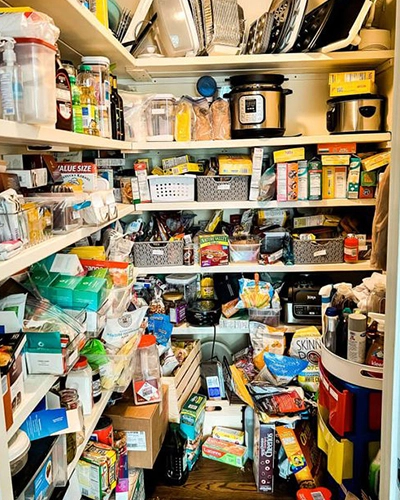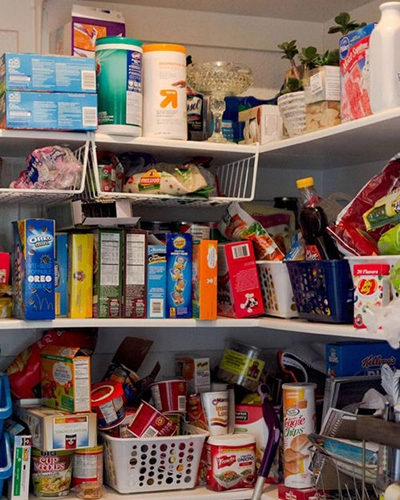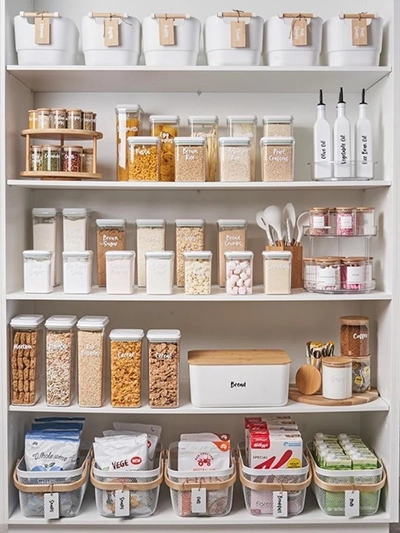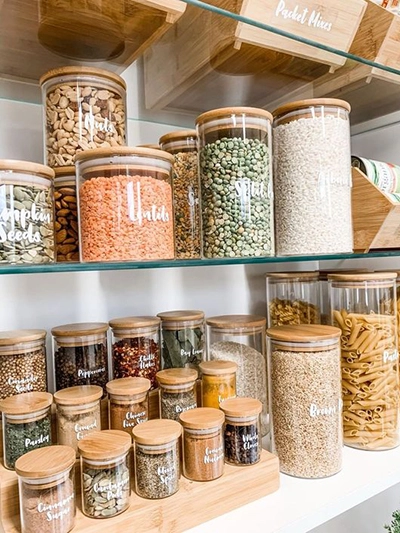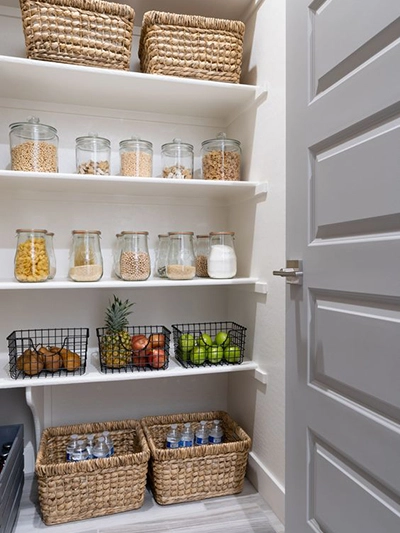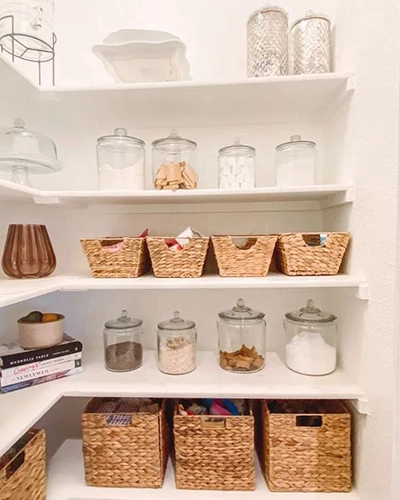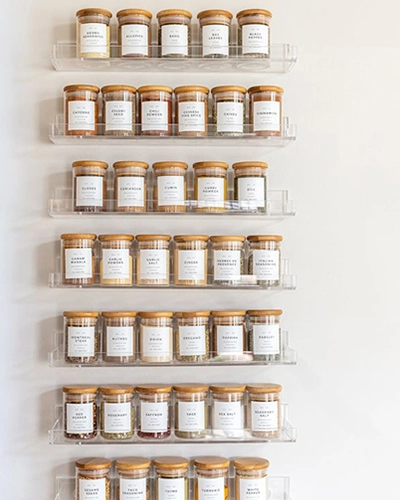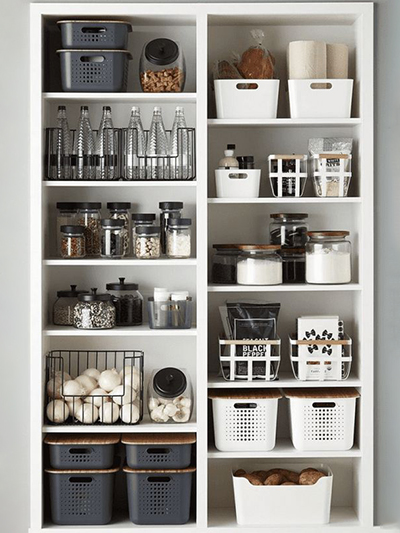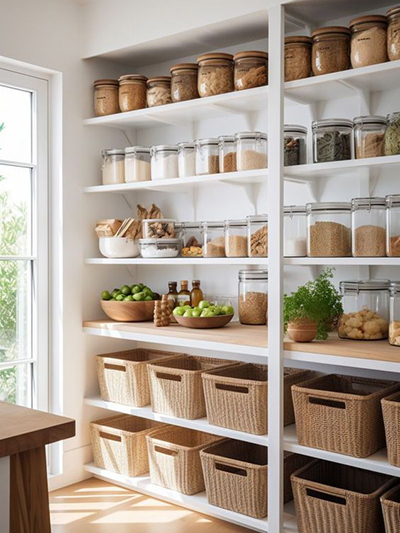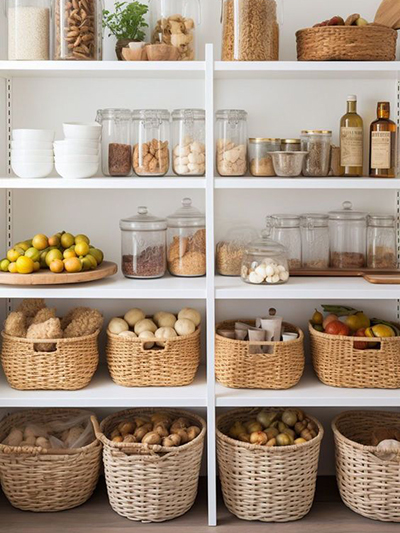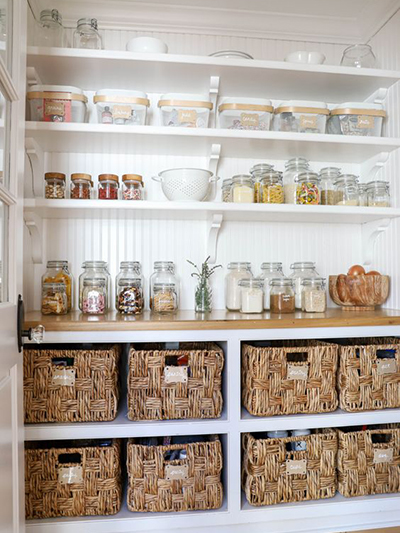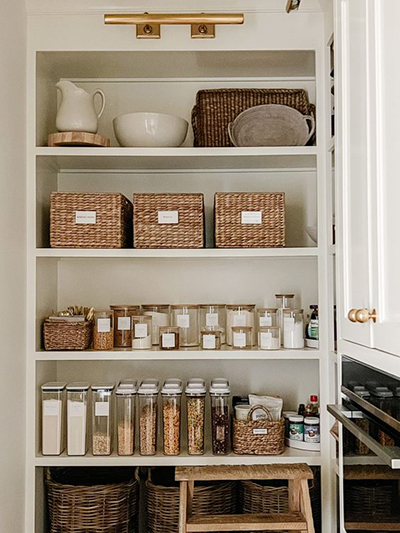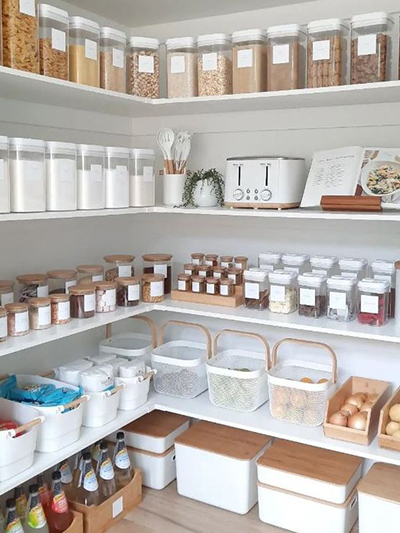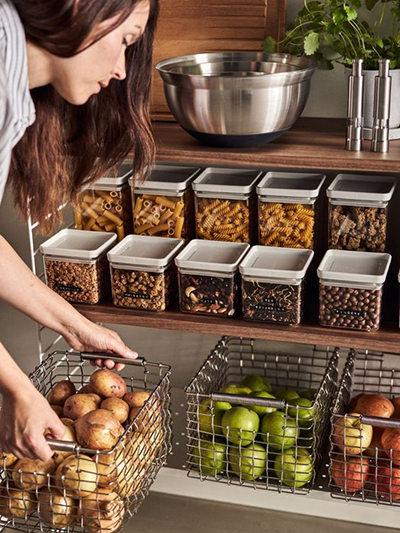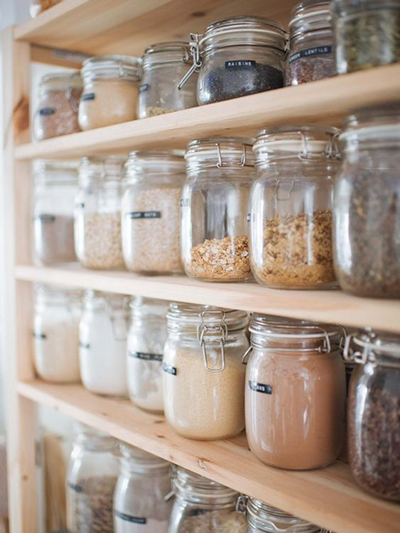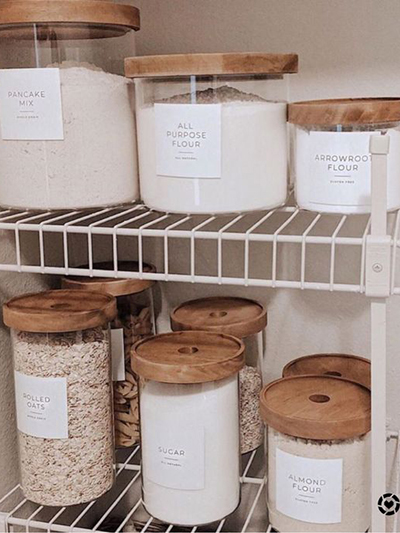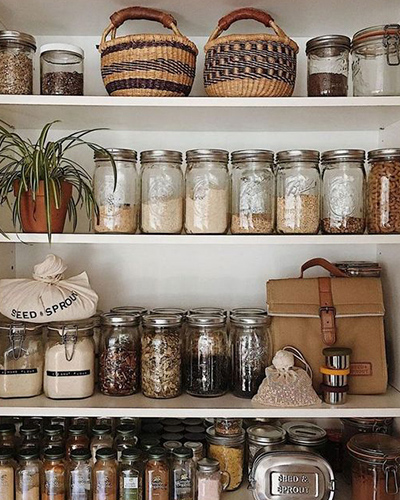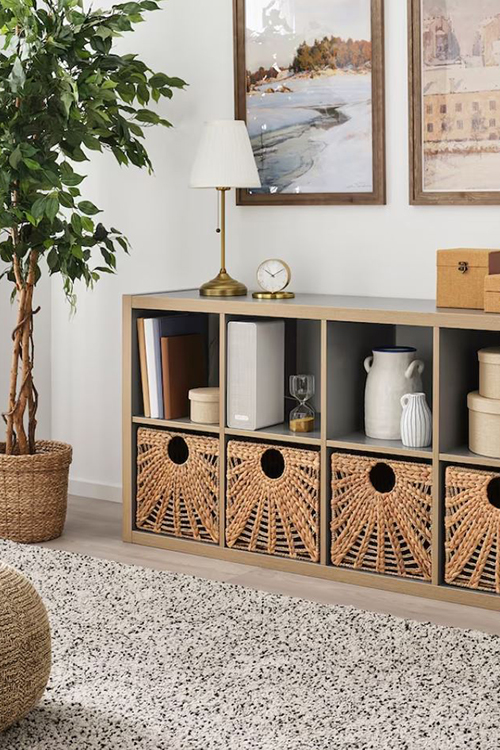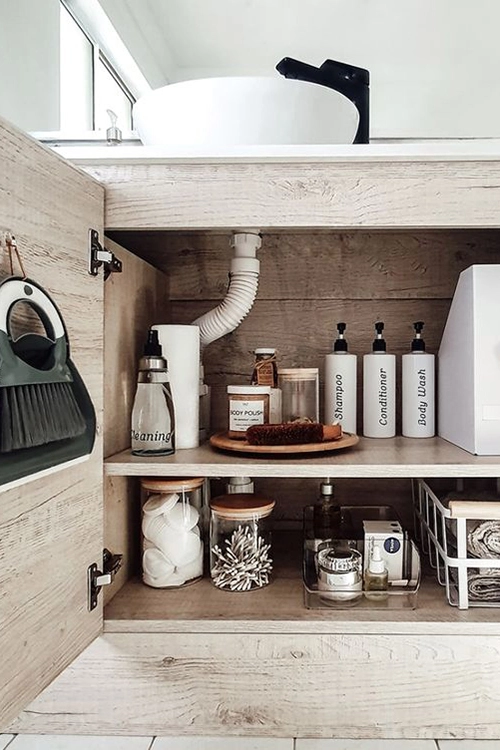Complete Pantry Organization Guide
Feeling overwhelmed by a messy pantry? This post is your roadmap to organization bliss! Learn how to streamline your pantry with a focus on essential items. We’ll show you how to maximize space, simplify labeling, and create a system that keeps your kitchen running smoothly. Say goodbye to clutter and hello to a stress-free, minimalist pantry!
Some links on this page are affiliate links. I may earn a small commission at no extra cost to you.
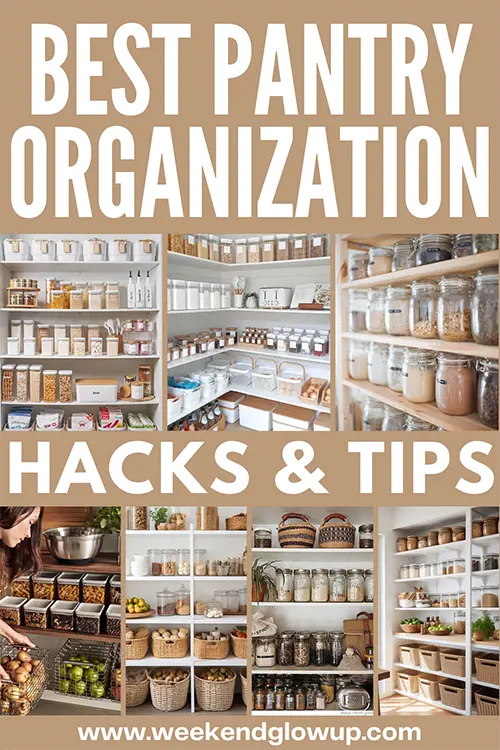
Index
- What is the difference between a messy kitchen and a messy pantry?
- How do I make my pantry tidy?
- Step 1: The great pantry purge
- Step 2: Onto the organizing
- In what order should my pantry be organized?
- How do I keep my pantry tidy?
- What to put on the top shelf of my pantry?
- How to use space at the bottom of my pantry?
- How to make a pantry with limited space
- How do I simplify my pantry?
- Pantry essentials shopping list
What is the difference between a messy kitchen and a messy pantry?
The key difference between a messy kitchen and a pantry lies in their purpose.
Messy Kitchen
This is a functional space designed for food preparation. It typically includes countertops, a stove, sink, cabinets, and appliances like an oven and microwave. While a messy kitchen might have clutter and leftover ingredients scattered around, it’s intended for active use in cooking and baking.
Messy Pantry
In contrast, a pantry is a storage space. It’s usually a closet, room, or designated area within the kitchen dedicated to holding non-perishable food items, cookware, and small appliances. While some pantries might have a small prep area, their main purpose is storing ingredients, not actively preparing meals.
How do I make my pantry tidy?
Let’s tackle that messy pantry together! Say goodbye to expired pasta and lost spices.
Today, we’re turning chaos into order, transforming your pantry into a simple, organized space for all your ingredients.
Roll up your sleeves, because this pantry makeover is all about simplicity. Let’s do it!
There are only 2 steps to getting this done!
- Step 1: The Great Pantry Purge
- Step 2: Onto the Organizing!
Step 1: The great pantry purge
Assessment and Gather Supplies
Before diving into the pantry purge, take a moment to assess your pantry’s current state. Gather garbage bags, cleaning supplies, and donation boxes.
Having everything ready will make the process smoother.
Our Cleaning Recommendations
50 TRASH BAGS
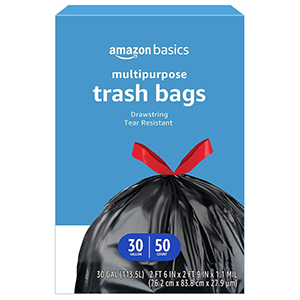
PLANT-BASED ALL-PURPOSE CLEANER
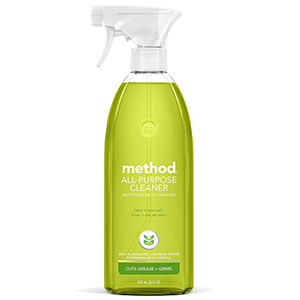
Multi-Purpose Cleaning Rag
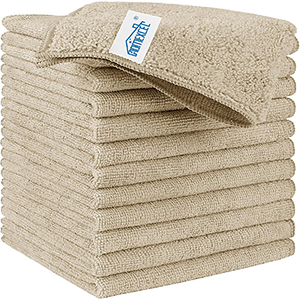
ZERP SCRATCH SPONGES
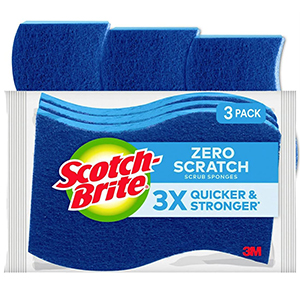
Declutter with Intent
Start with the easy decisions, discarding anything clearly expired or spoiled.
Be ruthless with items that you’ve been holding onto for sentimental reasons but realistically won’t use.
Tackle one shelf or section at a time to avoid feeling overwhelmed.
Check Expiry Dates
Go through each item methodically, checking expiration dates.
Dispose of anything that has surpassed its prime. This includes spices, canned goods, and pantry staples.
Remember, creating space for fresh, usable items is key.
Donate Unopened and Unused Items
Consider the items you won’t realistically use and are still in good condition.
Donate unopened, non-perishable goods to a local food bank.
This not only helps those in need but also ensures that your excess pantry items find a purpose.
Wipe and Clean
With the clutter gone, take the opportunity to wipe down shelves and clean any spills or crumbs.
A clean foundation sets the stage for a more organized and visually appealing pantry.
Step 2: Onto the organizing!
Invest in Quality Containers
Clear Airtight Containers
For pantry staples such as flour, sugar, and grains, clear airtight containers are your best allies.
Not only do they keep ingredients fresh by sealing out moisture and air, but their transparent nature allows you to take a quick inventory at a glance.
No more guessing games – effortlessly spot what you need and when to restock.
Best Selling Storage Containers
10 PIECE BASICS
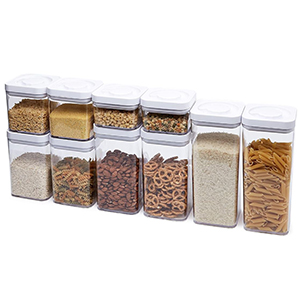
4 PIECE BASICS
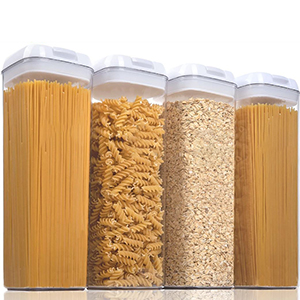
6 Pack Containers
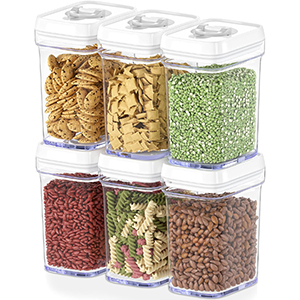
4 PIECE MEDIUM SIZED BASICS
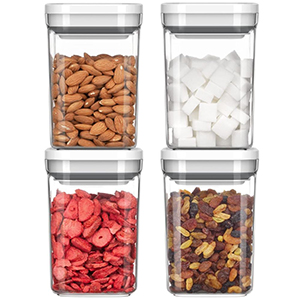
15 Piece Canister Set
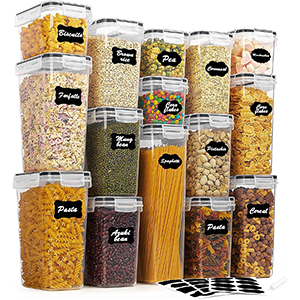
24 PIECE food container set
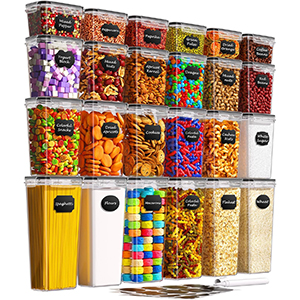
Elegant Jars for a Touch of Class
Elevate your pantry aesthetic with elegant jars. Perfect for storing spices, herbs, or colorful lentils, these jars not only keep ingredients organized but also add a touch of class to your culinary space.
Choose uniform jars for a cohesive look or mix and match for a personalized, eclectic vibe.
Beautiful Jars
5 PIECE GLASS JAR SET
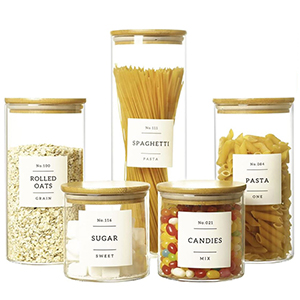
KANWONE GLASS JARS
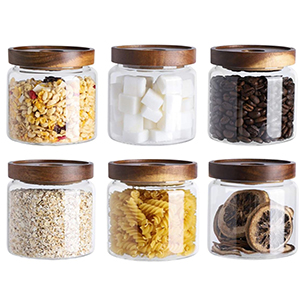
Airtight Glass Jars
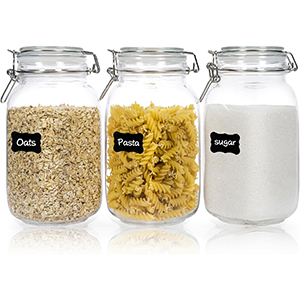
GLASS JARS
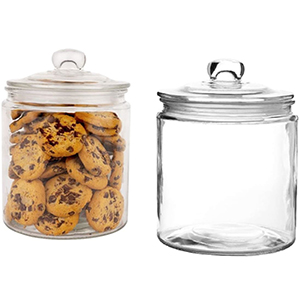
Baskets for Style and Practicality
Bring charm and practicality together with baskets.
Woven or wire baskets not only keep everything in its place but also introduce texture and warmth to your pantry.
Consider incorporating pull-out baskets for easy access to items at the back of your shelves.
Handy Baskets
White Wire Baskets
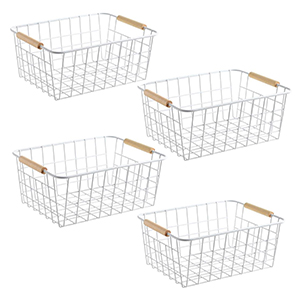
Under Shelf Baskets
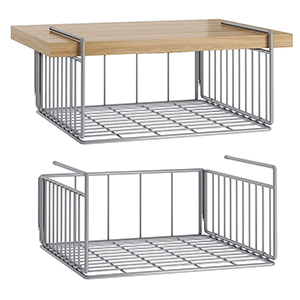
Stackable Wire BasketS
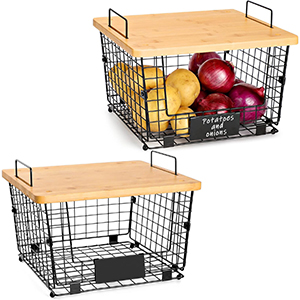
Hanging Baskets
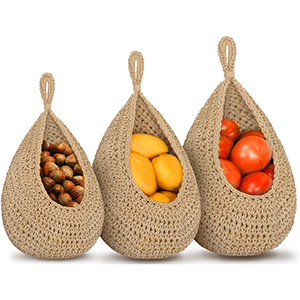
Wicker Baskets
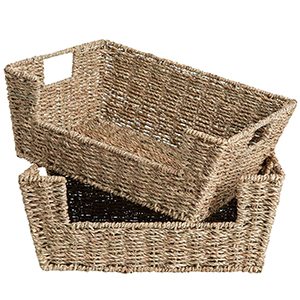
Clear Containers
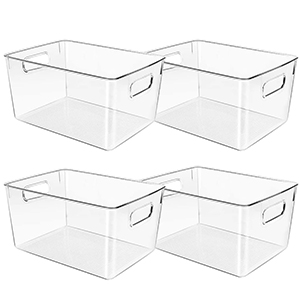
Clear Containers
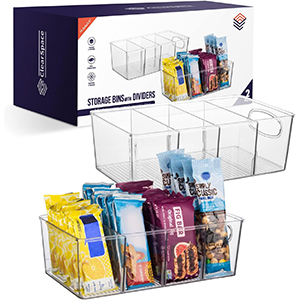
Stackable Baskets
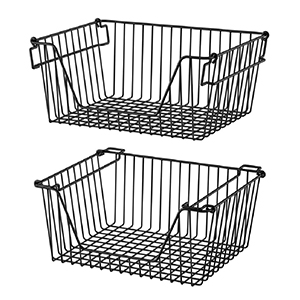
In what order should my pantry be organized?
The ideal organization order for your pantry depends on a few factors, but here’s a general guideline that prioritizes accessibility and efficiency:
1. High Reachability (Eye-Level and Above)
Frequently Used Staples
Stock this zone with everyday essentials you grab often, like cereals, pasta, rice, and baking supplies like flour and sugar. Clear containers in these areas make it easy to see what needs restocking.
Snacks and Kid-Friendly Items
Allocate space for easy-to-grab snacks and breakfast cereals at a level accessible to children if you have them.
Cooking Oils and Vinegars
These are often used regularly, so keeping them within easy reach makes sense.
2. Mid-Reachability (Waist-Level)
Canned Goods
This is a prime location for canned goods like soups, vegetables, and beans. Organize them by category (e.g., vegetables, fruits, broths) for easy browsing.
Consider using a can organizer or stacking them strategically to maximize space.
Baking Supplies (Less Frequent)
Ingredients used less often for baking, like chocolate chips, sprinkles, or specialty flours, can find a home here.
3. Lower Reachability (Below Waist)
Bulk Items
Store large, bulky items like bags of rice, pet food, or Costco-sized packages in lower cabinets or on the floor. Utilize stackable containers for these items if possible.
Lesser-Used Appliances
If you have appliances you don’t use daily, like a bread machine or waffle iron, this is a good spot to store them.
4. Pantry Door
Spices
A hanging organizer on the back of the door is perfect for spices, keeping them visible and accessible.
Condiments and Cooking Essentials
Sauces, oils you use less frequently, or small tools like whisks can be stored in door organizers.
Additional Tips
Group Similar Items
Keep things categorized for easy searching. For example, group baking supplies together, breakfast items together, and so on.
Consider Container Sizes
Use a variety of container sizes to maximize space and prevent wasted space.
Leave Room for Flexibility
Allow some wiggle room for new items or seasonal ingredients you might purchase.
Remember, this is a general guideline. The best way to organize your pantry is to personalize it to your specific needs and how you use your kitchen. Experiment and find a system that works for you!
How do I keep my pantry tidy?
Keeping Your Pantry Tidy: Simple Habits for Lasting Order
Let’s face it, a well-organized pantry is a beautiful thing. But after that initial grocery haul, how do you keep it that way?
Here are some easy habits you can slip into your routine to make sure your pantry stays a calm and inspiring space:
The Post-Grocery Put-Away
You know that feeling after a grocery trip where everything ends up on the counter? Here’s the key: put things away right then and there. This stops clutter from taking over your counters and makes sure everything has a designated spot where it belongs.
Use It Up Before You Buy More
Imagine your pantry as a little queue. When you buy something new, put it behind the older stuff. This way, you use up the older things first and avoid having forgotten ingredients moldering in the back.
A Quick Wipe While You’re At It
Multitasking alert! Whenever you grab something from the pantry, take a second to wipe down the container or shelf before putting it back. This little habit stops crumbs and spills from building up and turning into a bigger cleaning job later.
The Regular Refresh
Every few months, set aside some time to give your pantry a quick refresh. Toss anything that’s expired, those forgotten ingredients that never seem to get used, or any surprise duplicates you might have accidentally purchased.
Here’s a bonus tip: unopened, unexpired items can be donated to your local food bank – they’ll appreciate it!
Your Pantry, Your Rules
Your life and family needs might change, so don’t be afraid to adjust your pantry organization as you go. Maybe a new spice needs its own special spot, or a different size container works better for a particular ingredient.
The key is to keep things flexible so your pantry continues to work for you.
By incorporating these simple habits, you can turn your pantry into a space that sparks culinary creativity, helps you avoid waste, and makes meal prep a breeze. Remember, a tidy pantry is a happy pantry, and a happy pantry leads to delicious meals!
What to put on the top shelf of my pantry?
The top shelf of your pantry is prime real estate, but it’s not ideal for everything.
Here’s a breakdown of what works well on the top shelf and why:
Best for the Top Shelf
Lighter Items
Paper products: Paper towels, napkins, and aluminum foil are all perfect candidates for the top shelf. They’re lightweight and won’t strain your arms when you reach for them.
Disposable plates and cups: Similar to paper products, these are lightweight and ideal for storing on higher shelves.
Seasonal items: Do you have a special cookie cutter collection for the holidays, or a specific type of popcorn you only use for movie nights? These occasional-use items can find a home on the top shelf.
Less frequently used small appliances: If you have appliances you only use occasionally, like a popcorn maker or a bread machine, the top shelf is a good spot to tuck them away.
Not Ideal for the Top Shelf
Heavy Items
Avoid storing heavy items like canned goods, bags of rice, or large containers of flour on the top shelf. These can be cumbersome and potentially dangerous to reach for.
Frequently Used Items
The top shelf isn’t the most convenient spot for everyday essentials. It’s better to keep things you use often (like spices, cooking oils, or baking supplies) within easy reach at eye level or below.
Additional Tips
Consider Container Weight
Even if an item itself isn’t heavy, think about the weight of the container it’s in. For example, a large glass jar filled with pasta might be better placed on a lower shelf for easier handling.
Accessibility for Everyone
If you share your pantry with others, consider their height and reach. If someone has difficulty reaching the top shelf, it might be best to find alternative storage for specific items.
By strategically using your top shelf, you can maximize your pantry space and keep frequently used items within easy reach. Remember, the key is to create a system that works for you and your family!
How to use space at the bottom of my pantry?
The bottom shelf of your pantry can feel like a storage no man’s land. It’s dark, it’s dusty, and reaching things in the back requires some serious contortionist skills. But fear not!
This under-utilized zone can actually be a prime spot for some pantry essentials. Here’s how to make it work for you:
Bulk Items
This is the perfect spot for those giant bags of rice, dry lentils, or flour you love to grab at warehouse stores. They’re heavy and bulky, so keeping them down low prevents them from toppling over and causing a pantry avalanche. Plus, you won’t need to reach for them every day.
Canned foods
Think of all those canned goods you stock up on during sales. The bottom shelf is the ideal home for them. Heavy cases of beans, tomatoes, or soups can find a sturdy resting place here without worrying about them taking over a higher, more accessible shelf.
Stackable Containers
Invest in some stackable containers for things like dry goods (oats, cereal, pasta). This is a great way to maximize the vertical space on the bottom shelf and keep things organized. Clear containers are a bonus, so you can easily see what’s inside without having to bend down and squint.
Perishibles
The bottom shelf tends to be a bit cooler and darker than other parts of the pantry. This makes it a less than ideal spot for things like fruits, vegetables, or bread that might spoil faster.
How to make a pantry with limited space?
Living with limited pantry space requires some creativity and strategic organization.
Here are some tips to help you maximize every inch and create a functional pantry even in a compact area:
Utilize Every Vertical Inch
Install Shelves
If your pantry only has bare walls, consider adding sturdy shelves yourself or hiring a handyman. This creates more storage space and allows you to categorize items efficiently.
Take Advantage of the Door
Utilize tiered organizers on shelves for smaller items like snacks, baking supplies, or canned goods. This prevents clutter and allows you to see everything without having to dig around.
Go Up and Over
Consider using slimmer containers for spices, condiments, or oils. Look for space-saving options like half-sized spice jars or flat-profile containers for dry goods.
Remember
Go Declutter Regularly
Schedule regular pantry audits to remove expired items, forgotten ingredients, or duplicates. Donate unopened, unexpired items to a food bank if possible.
Embrace Flexibility
As your needs or family dynamics change, reassess your pantry organization. Don’t be afraid to adjust shelf heights or storage solutions to optimize the space.
Small Pantry Essentials
Mounted Spice Rack
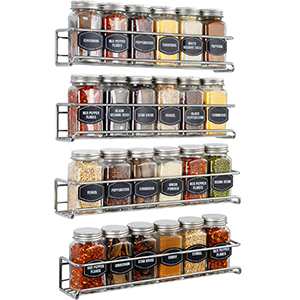
slim storage containers
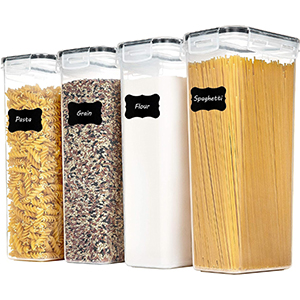
Lazy Susan Organizer
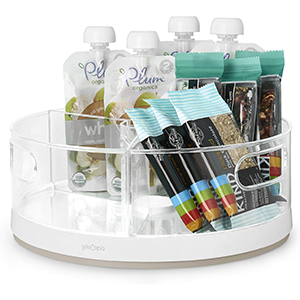
stackable pantry shelves
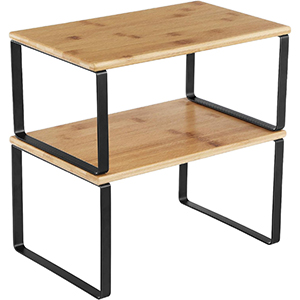
How do I simplify my pantry?
Living a minimalist life or just looking to simplify your pantry?
Here’s a basic list of essentials to get you going:
Dried Staples
Flours
All-purpose flour: Your baking and cooking workhorse. Great for pancakes, cookies, and thickening sauces.
Grains
Rice: A versatile and shelf-stable grain. Choose white or brown rice depending on your preference.
Pasta: A quick and easy meal option. Consider a basic variety like spaghetti or penne.
Sugars
Granulated Sugar: A must-have for sweetening beverages, baking, and occasional treats.
Oats
Rolled Oats: Perfect for a healthy breakfast or baking cookies.
Beans
Black Beans (or choose 1 you like): A protein-packed and budget-friendly ingredient for soups, salads, or quick meals.
Oils and Vinegars
Oils
Olive Oil: Your champion for most cooking needs. Choose extra virgin olive oil for higher quality. It can handle a variety of cooking tasks, from searing meats to drizzling over salads.
Vinegars
White Vinegar: A kitchen all-star. It’s great for salad dressings, marinades, pickling, and even cleaning tasks.
optional additions
Balsamic Vinegar: A sweeter and thicker vinegar, perfect for finishing dishes or making glazes.
Sesame Oil: Aromatic and nutty, ideal for Asian-inspired dishes.
Canned Goods
great additions
Diced canned tomatoes: Diced, crushed, or whole. Diced tomatoes are your champion when it comes to convenient and flavorful cooking. They shine in countless dishes and can be your base for pasta sauces, soups and stews, chili and shakshuka.
Beans: A budget-friendly protein source. Black beans, chickpeas, or kidney beans are all excellent options to add variety and fiber to your meals.
Soup: Perfect for those nights you need a quick and easy meal. Choose a low-sodium variety for a healthier option.
Canned Tuna: A protein source that requires no cooking. Use it for tuna salad sandwiches, add it to pasta salad, or enjoy it straight out of the can with crackers.
Spices
Four Must-Haves
Salt: The king of all seasonings, salt enhances the natural flavors of ingredients.
Black Pepper: Adds a touch of heat and complexity to savory dishes.
Garlic Powder: A convenient way to add garlicky goodness without chopping fresh garlic every time.
Paprika: Available in sweet or smoked varieties, paprika adds warmth and a touch of smokiness to dishes.
Optional Additions
Italian Seasoning: A pre-mixed blend of herbs like oregano, basil, and thyme, great for pasta sauces, pizzas, and marinades.
Chili Powder: Adds a kick of heat and a smoky depth to chili, tacos, and Tex-Mex dishes.
Ground Cumin: A warm and earthy spice, perfect for chili, tacos, curries, and Indian-inspired dishes.
Baking Essentials (optional, but good to have if you bake)
Optional Additions
Baking Powder (if you foresee baking frequently): Leavening agent for cakes, biscuits, and some pancakes.
Vanilla Extract (consider a small bottle): Adds a touch of sweetness and complexity to baked goods. A small bottle will last a long time for occasional baking.
Condiments (choose a few you use regularly)
Four Essentials
Soy Sauce: The umami king, adding savory depth to stir-fries, marinades, dipping sauces, and even soups or stews.
Ketchup: A classic condiment for burgers, fries, hot dogs, and even adding a touch of sweetness to some sauces.
Mustard: Another well-loved condiment, perfect for sandwiches, hot dogs, and adding a tangy zip to dressings or marinades.
Hot Sauce (Optional): For those who love a kick, choose your favorite variety to customize the heat level of your meals.
Other
Pantry Snacks
Box of Cereal (Optional): A quick and easy breakfast option
Nuts & Seeds (Small Quantity, Optional): Healthy and filling snacks, but buy a small amount to avoid spoilage.
Dried Fruit (Small Quantity, Optional): A naturally sweet snack, but again, start small to avoid waste.
Essentials Shopping List
organic all-purpose flour
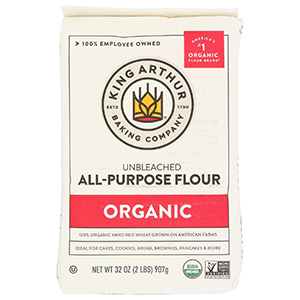
Organic Brown Rice
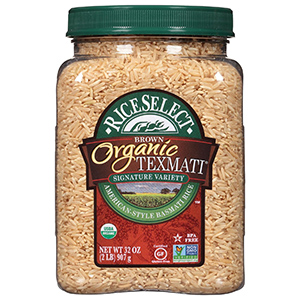
Jasmati Rice
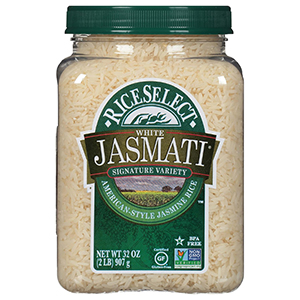
Organic Pasta
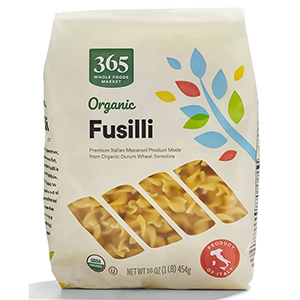
organic Sugar
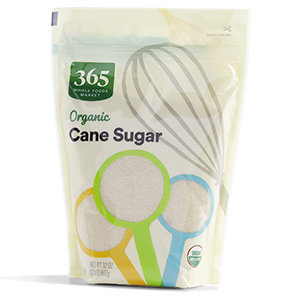
Organic old-fashion oats
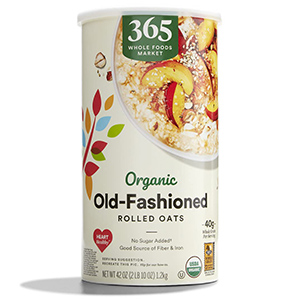
Organic Granola Oat and Honey
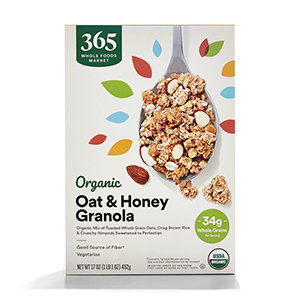
Pinto Beans
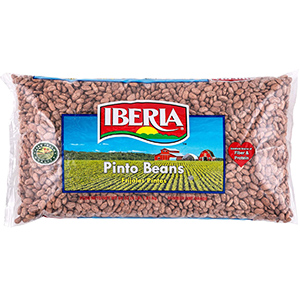
organic Extra Virgin Olive Oil
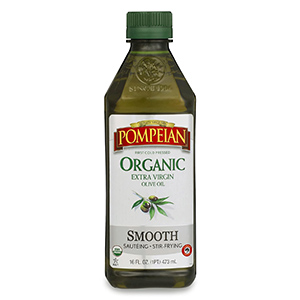
Organic White Vinegar
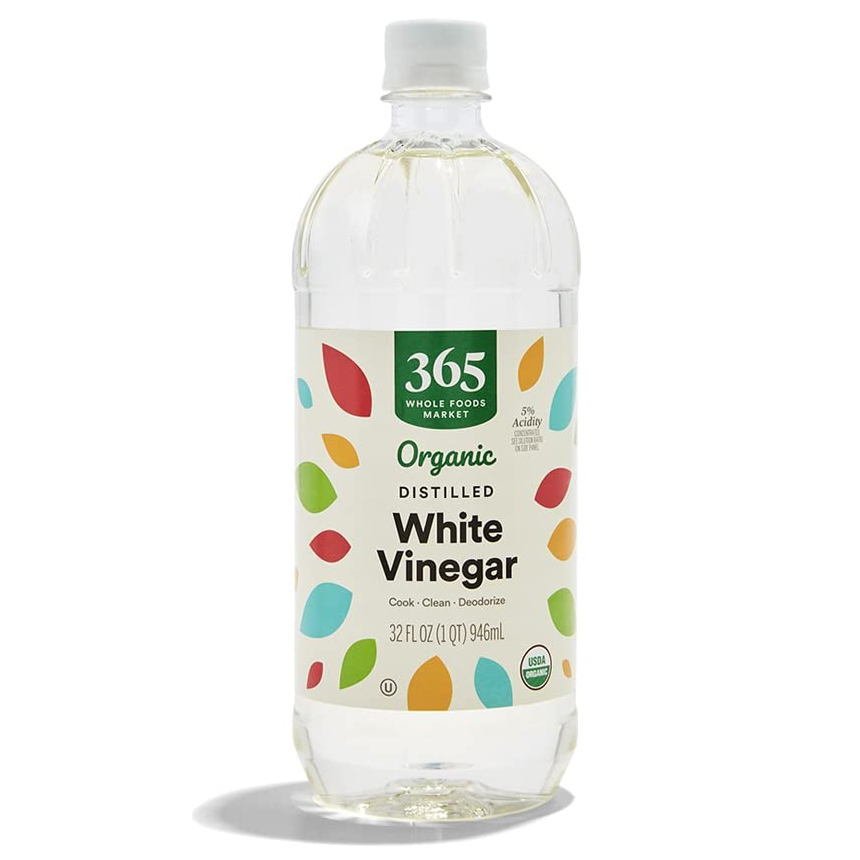
Organic Cannellini Beans
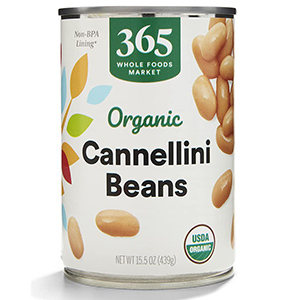
6x Tinned Tomatoes
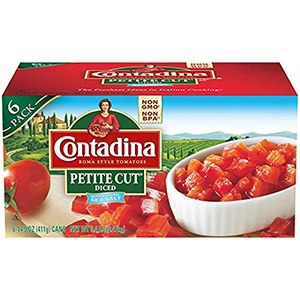
Celtic Salt
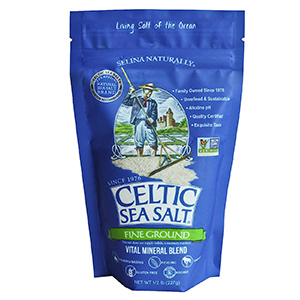
Pepper
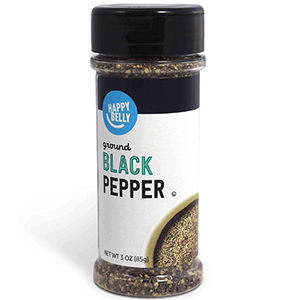
Baking Powder Aluminum Free
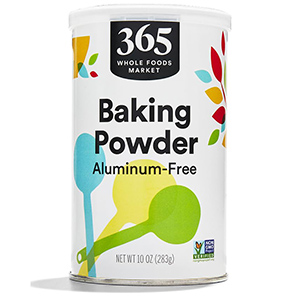
Organic Soy Sauce
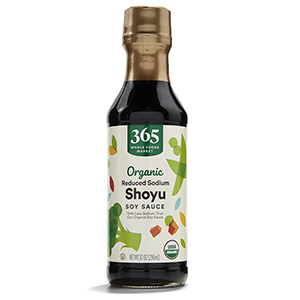
Organic Tea Green
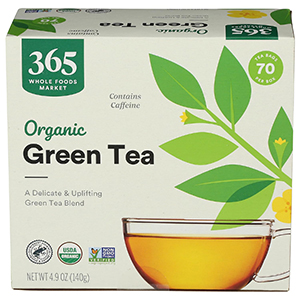
Organic Ketchup
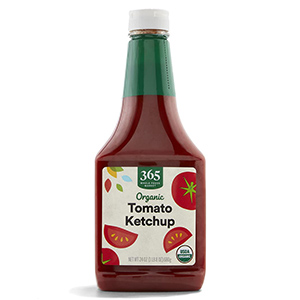
Organized Pantry Inspiration
Remember, a well-organized pantry is a happy pantry. Follow these tips, embrace the joy of decluttering, and watch your culinary kingdom transform from chaos to calm. Now go forth and conquer your pantry!
Happy organizing!

